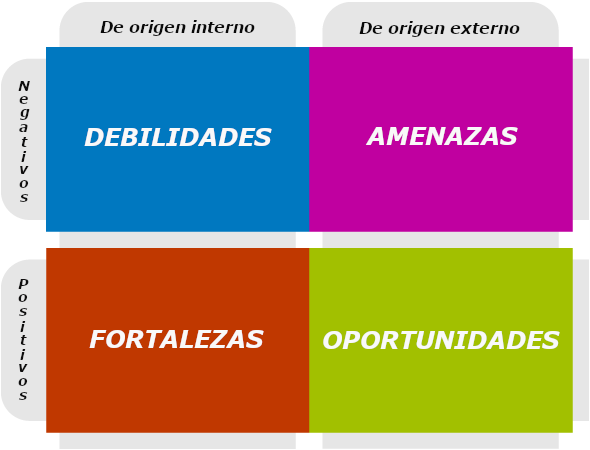Communication Keys for political advocacy: strategy analysis 07
The first premise, therefore, is to grant the relevance that communication processes have for the proper development of any project or initiative. Sometimes, we plan an event or action down to the last detail, but we forget that not only do we have to do it well, but we also have to communicate it, so that it really has the projection and impact that we want.
There are many manuals and communication resources (some of which we recommend in the references section), and the objective of these pages is not to do something in-depth, but rather to give some basic keys and ideas so that any organization can do its job. Another of the common mistakes is to think that communication is a matter for experts and that we are not trained for it. However, we are social beings by definition and we communicate continuously, so for practical purposes we are already communicators, so let’s be aware of this and make the most of it.
As in any project or initiative, having good strategic planning is essential. The case of communication is no exception and having defined questions such as what actions we want to carry out, when we are going to carry them out or what resources we have is undoubtedly a great help to achieve our objectives.
As we will see in the next section, the communication plan will be a key tool for this, our roadmap around which we will define objectives, audiences, messages and actions. But, in order to be able to project, we must know where we are starting from, analyze the state of our organization and from there focus on a situated communication strategy.
There are multiple analysis tools, but a simple and relatively common one in the analytical processes of organizations is the SWOT.

SWOT. (Source: dafo.ipyme.org)
The SWOT is a tool applicable to communication analysis, but we must not lose sight of doing it with these keys and not from a general perspective. We share some questions that can help in this practice:
Opportunities: What communication opportunities are available to you? What trends are sweeping and which ones can you benefit from? How could you communicate better? Is there an as yet unsaturated space that you could fit into? Are social networks a communication opportunity for your brand? And the media? What do you think you can do at the communication level to increase your visibility? Is there any technology or mobile application that can help or contribute positively to the communication of your brand? Do you use all the communication resources available to you?
Threats : What is your competition doing? How do you communicate with customers? What could distract you or overshadow you? Is there any change in demographics, needs or in the way your audience communicates that could harm you? Do you belong to a sector with little or no tradition when it comes to communicating? Is a crisis coming?
Once you know what the opportunities and threats are that affect your company’s communication, it is time to carry out an internal evaluation to establish what your virtues (strengths) and defects (weaknesses) are.
Weaknesses : How and what can you improve when communicating? What drawbacks do you have compared to your competition? Do you lack experience? What is failing? Are you clear about your positioning as a brand at the communication level? Does the media talk about you and your brand? Do you share valuable content for your audience? Would you know how to get out of or weather a communication crisis?
Strengths: What are you good at? What makes you unique? Are you creative and talkative? What sets you apart from others? What are you superior at? Do you connect with your customers? Do you know how to adapt your message to your audience? Have you found your own tone of communication? Do you have a positive approach and that it reaches your audience when you communicate about your brand?
From this diagnosis we can determine four possible strategies that your communication plan can follow after the SWOT:
- Defensive: Your social entity is in a position to deal with threats through the use of its strengths. To do this, highlight what makes you unique and differentiates you from the competition while protecting yourself.
- Offensive : It consists of taking advantage of the opportunities that exist at the level of communication within the sector through the use of your strengths. This type of strategy is usually highly desired because it is oriented towards growth, although in the social world it would be a matter of debate if using offensive strategies is something that usually happens, or if it is just another strategy from the business world.
- Survival: This strategy is put into action when you face a communication crisis. At that moment, it is key to give a coherent, honest response that is up to the task. Show your face to try to limit as much as possible the negative effects that you are receiving caused by threats or external comments and, at the same time, try to improve your internal weak points. The strategy consists of avoiding the threats that are lurking and minimizing the weaknesses that are at home.
- Reorganization : Through this strategy, the aim is to overcome the weaknesses that your brand may have, taking advantage of the external opportunities at the communication level that have been identified or that may arise.
